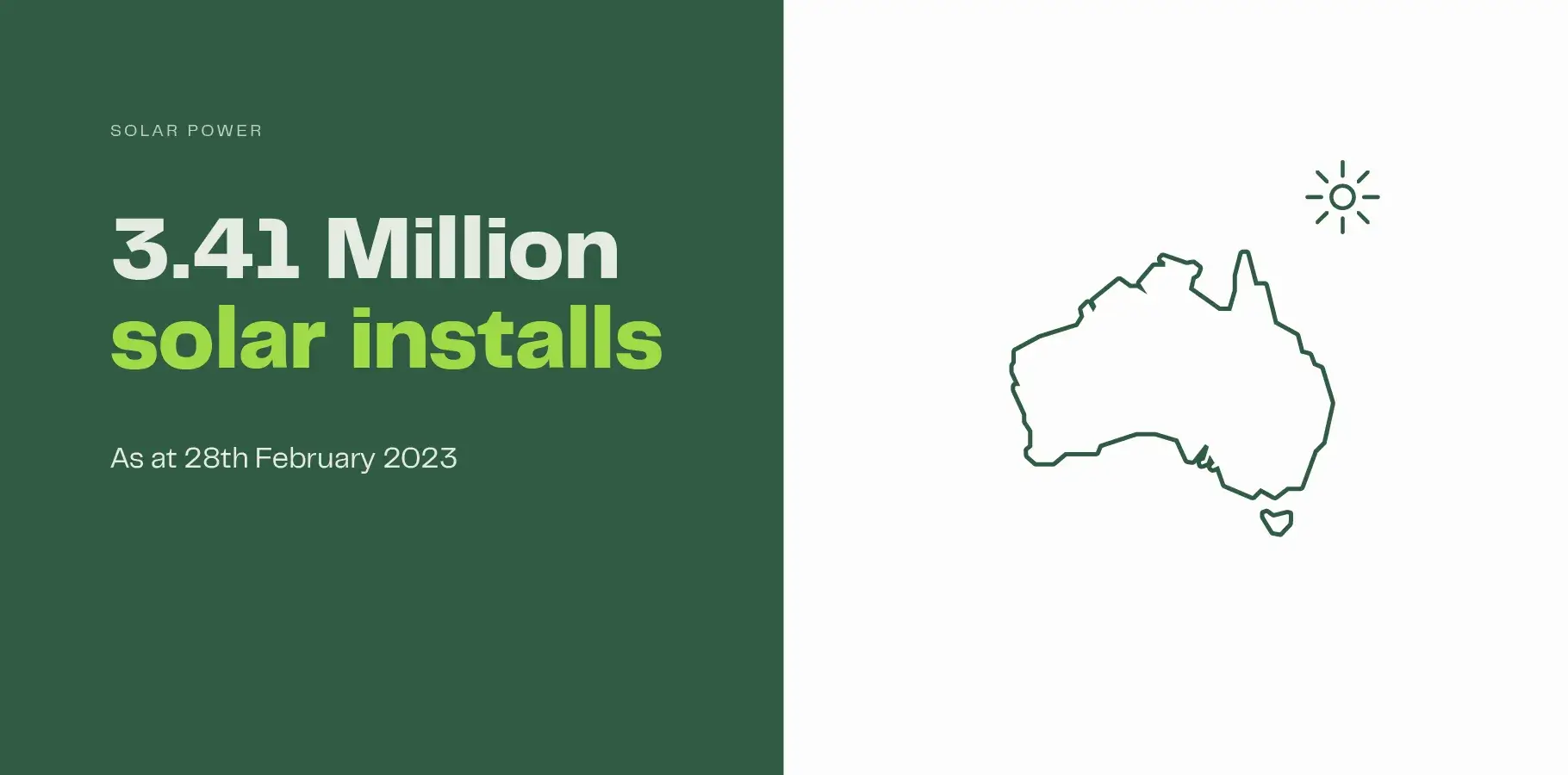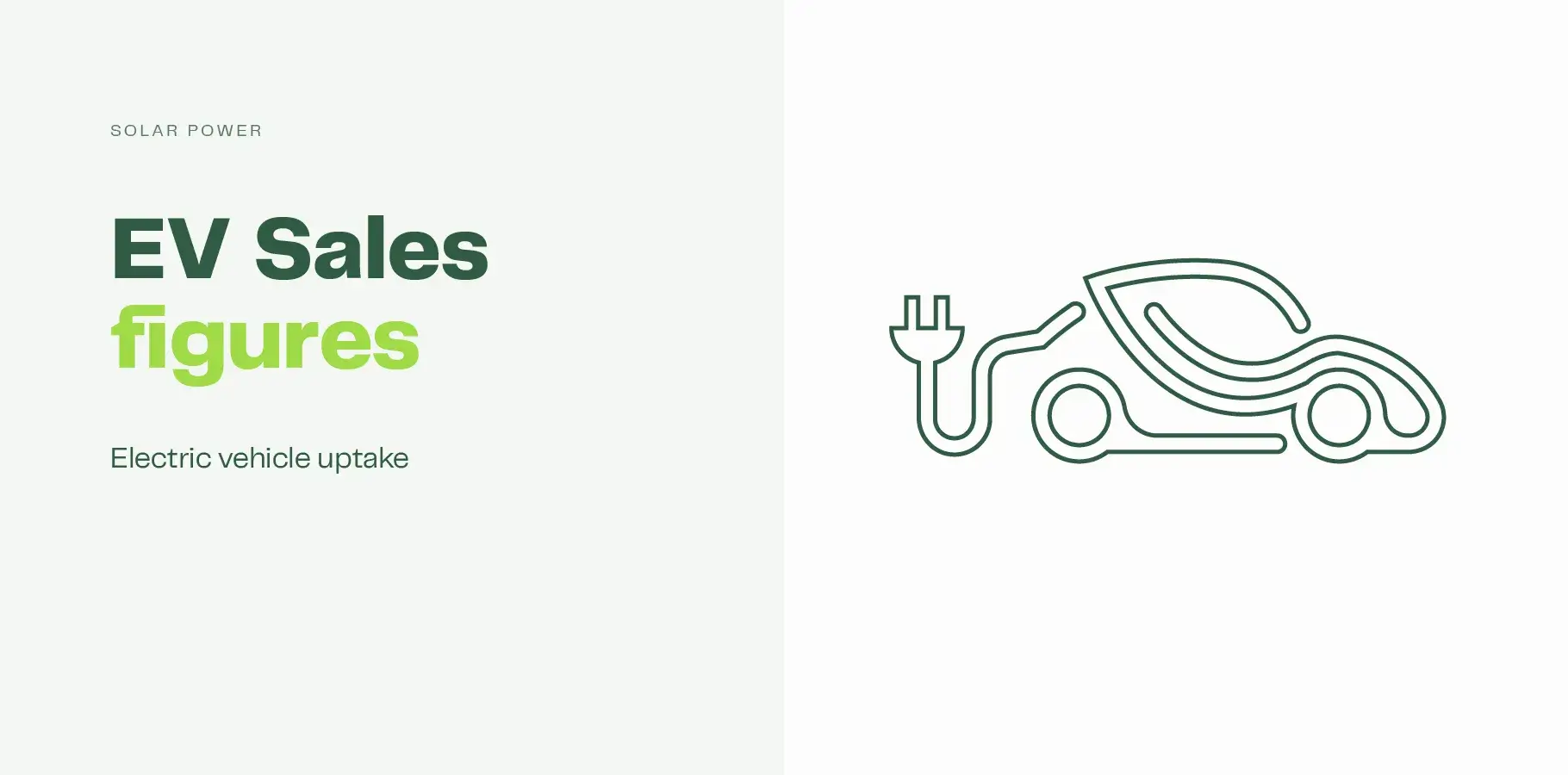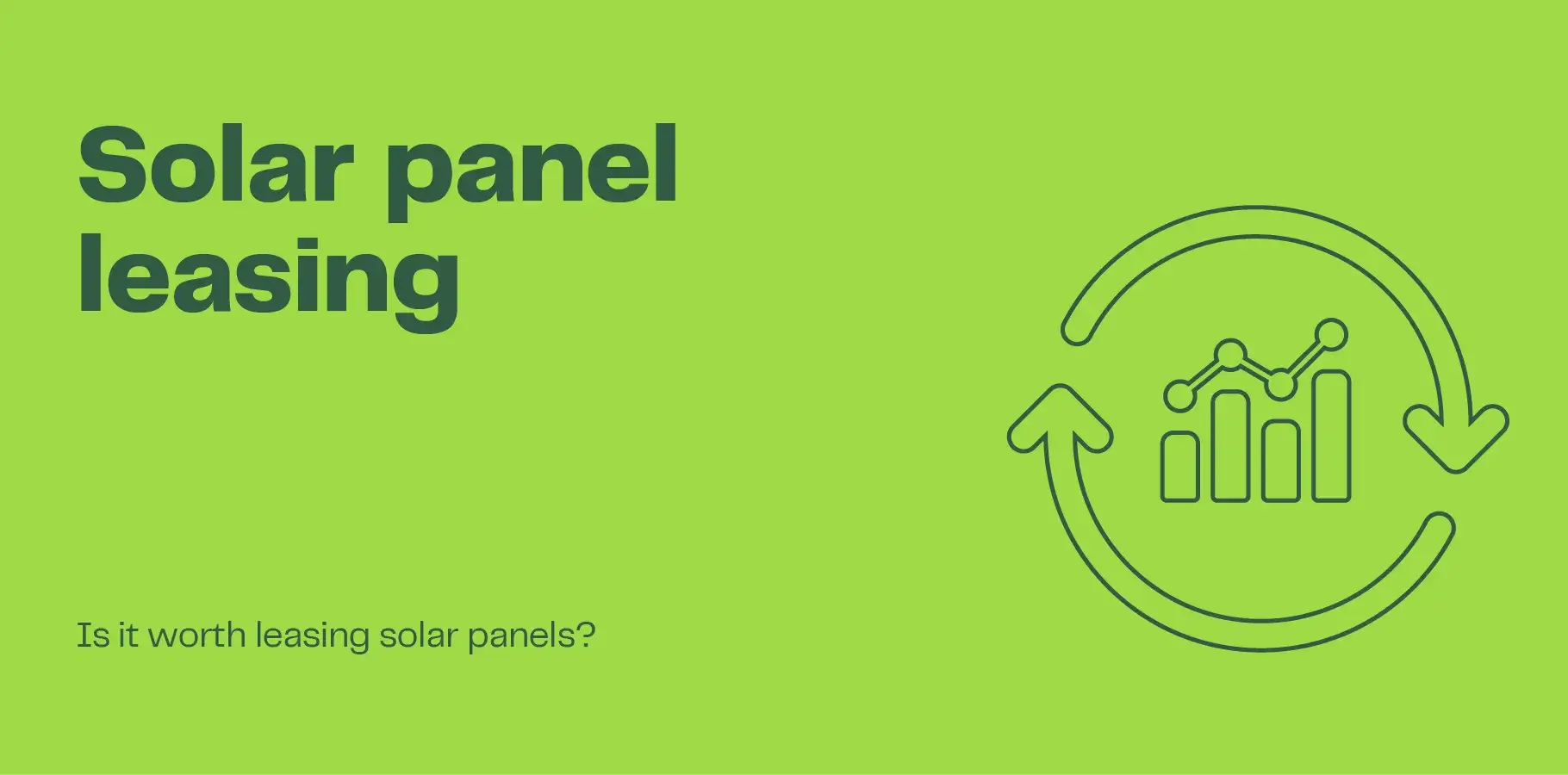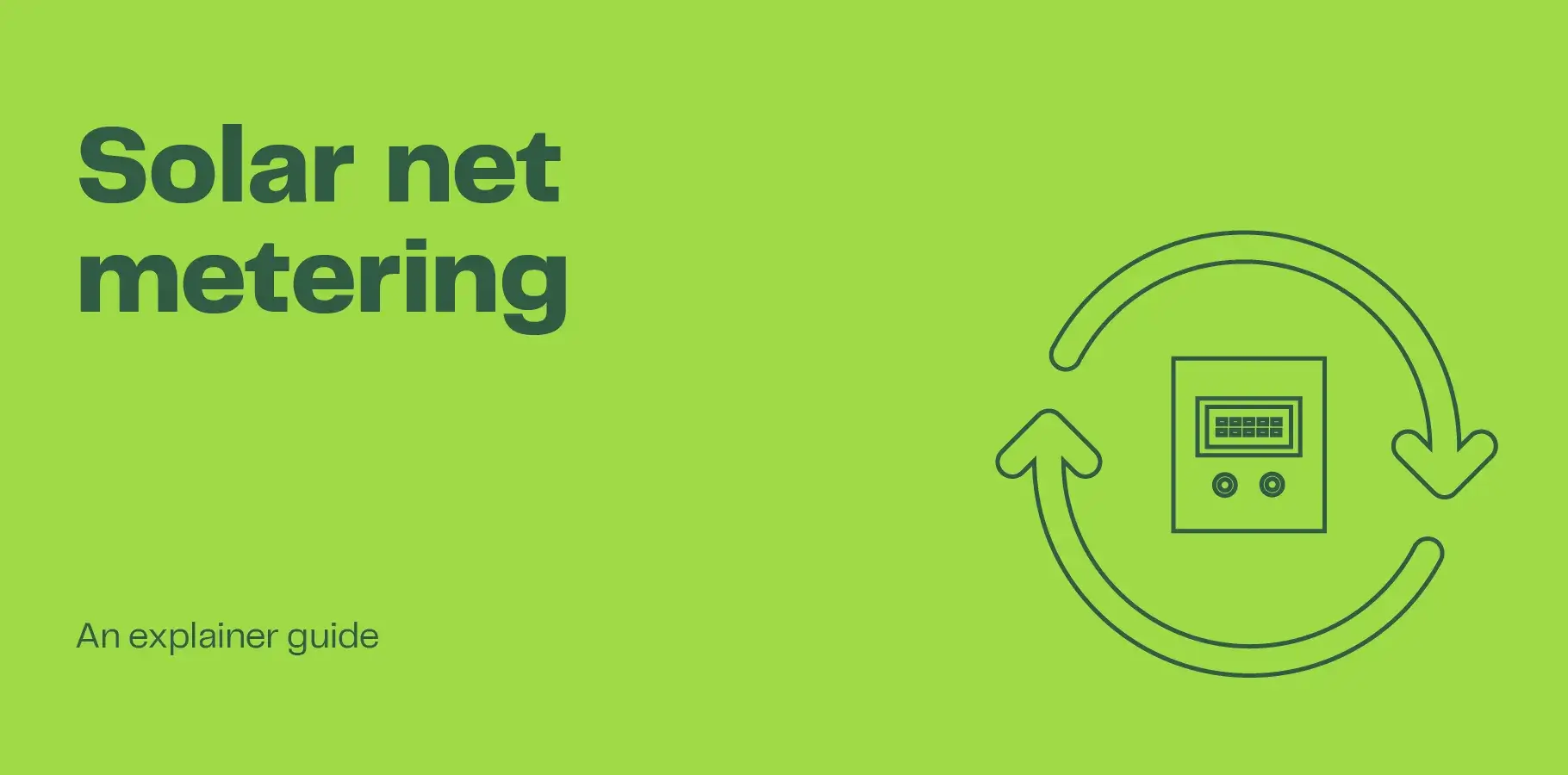- Blog
- Solar Power
- Solar energy facts and statistics
Solar panel install statistics in Australia
- Solar Power
- 3 min read
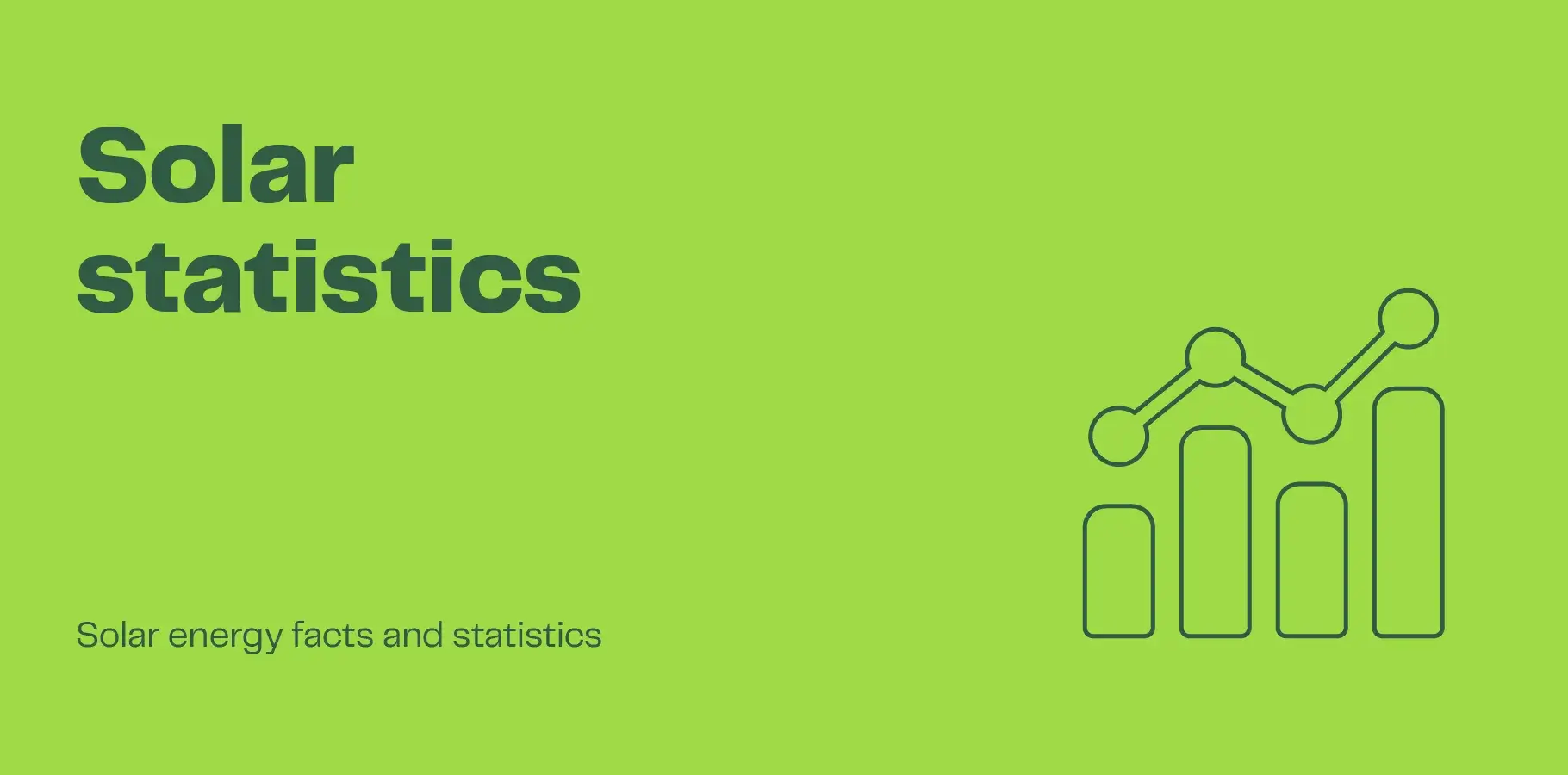
Over 4 Million homes and businesses in Australia have installed solar panels and are reaping the savings benefits of solar while also reducing their carbon emissions.
According to Australia’s Clean Energy Regulator, as at the end of December 2024, a total of 4.018 million solar power systems have been installed on Australian homes and small businesses.
With an estimated number of 10.8 Million homes in Australia, this brings the total of all households in Australia that have solar panels to 37.03%.
Australian solar panel install statistics
The number of solar installations for 2024 currently sits at 295,529 installs, though once the final numbers are in, the figure is likely to pass 300,000. The table below shows Australian solar panel install statistics by calendar year.
| Year | Systems installed |
|---|---|
| Prior to 2016 | 1,509,422 |
| 2016 | 132,697 |
| 2017 | 174,942 |
| 2018 | 224,852 |
| 2019 | 284,031 |
| 2020 | 370,320 |
| 2021 | 377,458 |
| 2022 | 315,717 |
| 2023 | 333,717 |
| 2024 | 295,529 |
| Total | 4,018,685 |
Install statistics by state
Queensland leads all other states with 1,086,504 solar panel system installs as at 31st December 2024. However, it’s a slightly different story when we compare the percentage of solar installs per home; South Australia leads narrowly from Queensland with just over half of all households (52.05%) owning a solar system.
| State | Systems installed | Homes with solar (%) |
|---|---|---|
| ACT | 60,359 | 32.25% |
| NSW | 1,048,153 | 31.15% |
| NT | 24,072 | 24.93% |
| QLD | 1,086,504 | 49.49% |
| SA | 420,762 | 52.05% |
| TAS | 58,982 | 22.75% |
| VIC | 793,464 | 28.23% |
| WA | 526,389 | 45.76% |
2024 Installation figures
Installations are predicted to top over 300,000 in 2024. There is a slight lag between the actual date of installations and the processing of the Small-scale Technology Certificates (STCs) which is recorded in the CER data when STCs are submitted to the Regulator. Even 2023 numbers continue to increase, now sitting at 333,717 installs.
*Small-scale installs include any system under 100kW in size. Predominantly, these are solar panels installed on household rooftops.
The Clean Energy Regulator forecasts a sixth straight year of 300,000+ installs in 2025, before an expected gradual decline in future years.
The table below shows future projections for solar panel installs in Australia:
| Year | Projected installs |
|---|---|
| 2025 | 317,213 |
| 2026 | 290,636 |
| 2027 | 262,565 |
| 2028 | 238,512 |
Source: Clean Energy Regulator – STC projections.
Australians are installing larger systems
The average system size installed in Australian homes and small businesses in 2022 was 8.74 kW. Compare this to 2020 when the average system size installed was 7.92 kW. While the figures are skewed slightly higher to account for systems installed on small businesses, the upshot is that homeowners are choosing to put more panels on their roof and opt for a larger solar system.
Australian solar battery install statistics
The number of solar batteries installed continues to rise with 28,262 installations in 2024, an increase of 4.9% on 2023 numbers.
Australia now boasts a total of 121,551, solar panel and battery units (hybrid systems), representing 3% of all solar owners.
The table below shows the number of battery installs with solar panels by calendar year:
| Year | Battery installs |
|---|---|
| 2014 | 693 |
| 2015 | 537 |
| 2016 | 1568 |
| 2017 | 4650 |
| 2018 | 5689 |
| 2019 | 8,563 |
| 2020 | 9,489 |
| 2021 | 13,168 |
| 2022 | 21,993 |
| 2023 | 26,939 |
| 2024 | 28,262 |
| Total | 121,551 |
Battery installs by state
The rate of battery installs per state is much closer than for solar panels. New South Wales leads the way, closely followed by Victoria and South Australia. It’s no coincidence that each of these states has adopted their own rebate program for solar batteries, Victoria’s remains ongoing while the New South Wales battery rebate kicked off in late 2024.
| State | Batteries installed |
|---|---|
| ACT | 4,441 |
| NSW | 27,952 |
| NT | 2,295 |
| QLD | 19,990 |
| SA | 26,030 |
| TAS | 1,558 |
| VIC | 26,589 |
| WA | 12,696 |
Greater financial viability leading to increase in adoption
Solar batteries are becoming more financially viable due to the larger discrepancy between electricity costs and feed-in tariffs. Functionality like backup power is also proving to be very popular, as is the want to charge electric vehicles and, an increasing desire for energy independence.
Electrical vehicle uptake is increasing
Australia’s appetite for electric vehicles continues rise. Data prepared by the Electric Vehicle Council shows that 98,436 electric vehicles were sold in 2023 representing 8.45% of all new car sales. In 2022, EVs represented just 3.8% of all new car sales.
While these figures show the growing interest in electric vehicles, Australia has a long way to go catch the ACT, where EVs represented 21.9% of all new car sales.
Electricity production in Australia
Renewable energy continues to contribute an increasing supply of Australia’s electricity needs. In 2023, 34% of Australia’s electricity came from renewable sources, up from 32% in 2022. Solar energy is now the largest source of renewable generation in Australia, in 2023, solar contributed 45% (up from 35% in 2020) of all renewable generation and 15.3% (up from 14%) of total electricity generation.
